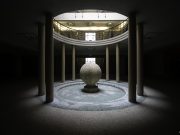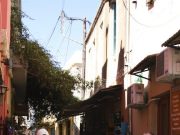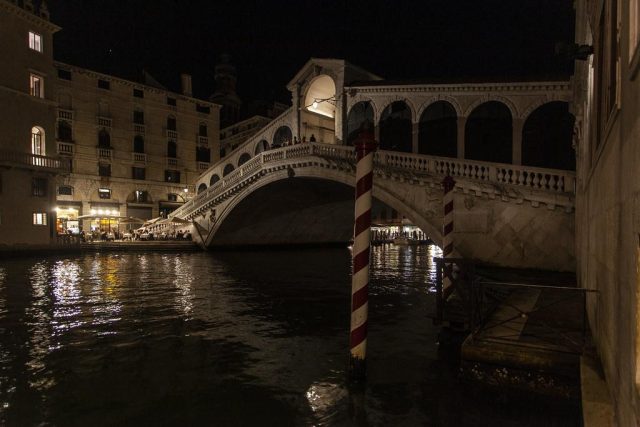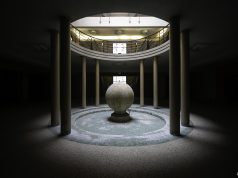In the shimmering embrace of the Adriatic Sea lies Venice, a city of timeless allure and intricate waterways, where the whispers of history echo through its narrow alleys and ornate bridges. This floating city, with its labyrinthine canals and opulent palaces, has long been a beacon for travelers seeking the romance and mystery of a bygone era. Yet, as the tide of tourism rises to unprecedented levels, the question looms large: Should Venice limit tourist access to safeguard its fragile heritage? This delicate balance between preserving the city’s cultural and architectural treasures and welcoming the world to experience its magic is at the heart of a debate that stirs passions and prompts reflection. As we delve into this intricate issue, we explore the myriad perspectives that shape the future of Venice, weighing the imperatives of conservation against the allure of global discovery.
Balancing Preservation and Tourism: A Delicate Dance
Venice, a city renowned for its intricate canals and historic architecture, stands at the crossroads of preservation and modern tourism. The challenge lies in maintaining its unique cultural heritage while accommodating the millions of visitors who flock to experience its charm. The influx of tourists, while economically beneficial, poses threats to the city’s structural integrity and local lifestyle. Narrow streets become congested, ancient buildings suffer from wear and tear, and the very essence of Venice risks being diluted. As the debate intensifies, stakeholders consider measures such as limiting tourist numbers or implementing entrance fees to safeguard this iconic city.
Striking a balance requires innovative strategies that prioritize both preservation and accessibility. Potential solutions include:
- Timed entry tickets to spread visitor numbers more evenly throughout the day.
- Promoting off-peak travel to reduce pressure during high season.
- Investing in sustainable tourism practices to protect the environment.
- Engaging local communities to ensure that any measures support residents as well as tourists.
By considering these strategies, Venice can aim to sustain its heritage while continuing to welcome global travelers.
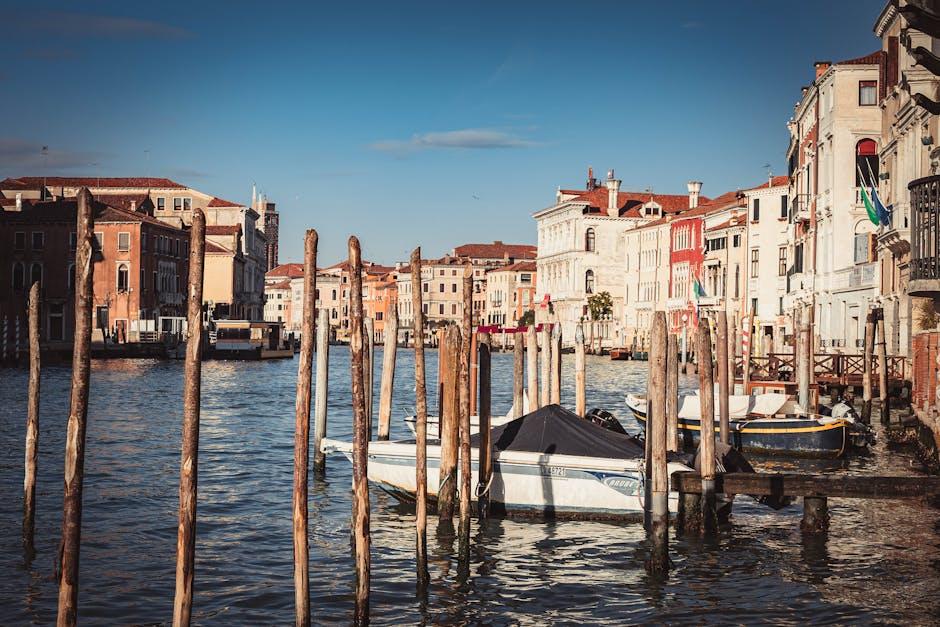
Economic Impacts of Restricting Visitor Numbers
The economic ramifications of curtailing the influx of tourists in Venice are multifaceted and intricate. On one hand, limiting visitor numbers could lead to a short-term dip in revenue for businesses heavily reliant on tourism, such as hotels, restaurants, and souvenir shops. This could affect the livelihoods of countless locals who depend on the bustling tourist trade for their income. Additionally, a reduction in tourist footfall might lead to a decrease in employment opportunities within the city, potentially triggering an exodus of workers to other more tourist-friendly destinations.
On the other hand, such restrictions might usher in a more sustainable economic model for Venice. By promoting a focus on quality over quantity, the city could attract a more discerning traveler, willing to spend more on authentic experiences and local products. This could potentially boost the profitability of businesses offering unique, culturally immersive experiences. Moreover, a shift towards sustainable tourism might encourage investment in conservation and heritage projects, ensuring the preservation of Venice’s cultural landmarks for future generations. Key economic advantages of this approach might include:
- Enhanced visitor experience leading to higher satisfaction and repeat visits.
- Increased opportunities for cultural tourism and niche markets.
- Long-term sustainability of Venice’s heritage, attracting future investments.
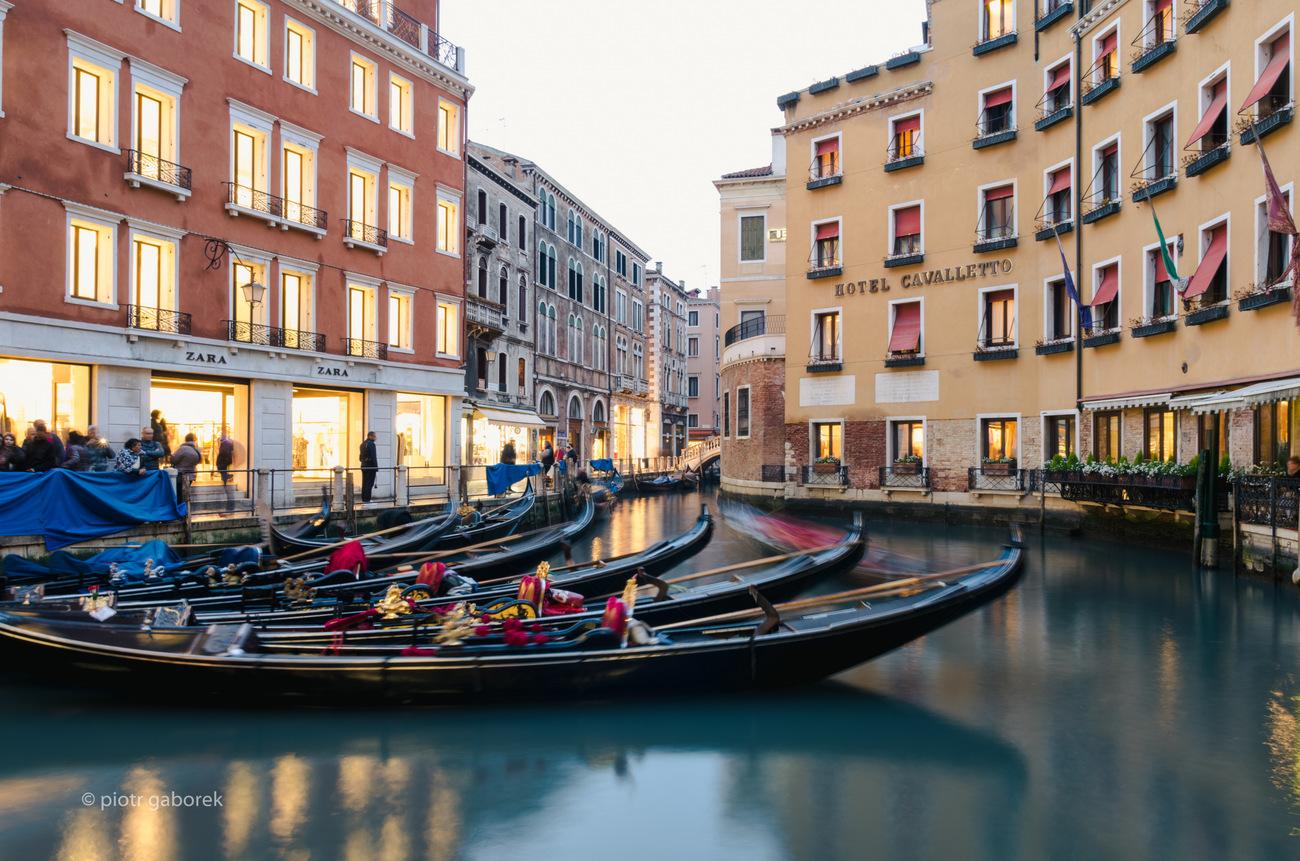
Innovative Strategies for Sustainable Tourism in Venice
Venice, a city renowned for its exquisite canals and historical architecture, faces the challenge of balancing tourism with preservation. As visitor numbers soar, the need for innovative strategies to ensure the sustainability of its tourism industry becomes paramount. One approach is to implement controlled access to the city, which could involve limiting the number of tourists allowed to enter at any given time. This strategy not only helps to reduce wear and tear on the fragile infrastructure but also enhances the visitor experience by minimizing overcrowding.
Another strategy involves promoting alternative tourism routes that guide visitors away from the heavily trafficked areas, encouraging exploration of lesser-known parts of the city. This can be achieved through:
- Creating themed itineraries that highlight unique cultural or historical aspects.
- Offering incentives for tourists who visit during off-peak seasons.
- Developing partnerships with local businesses to create authentic Venetian experiences.
By diversifying the tourist experience, Venice can protect its heritage while still welcoming global visitors to its storied streets.
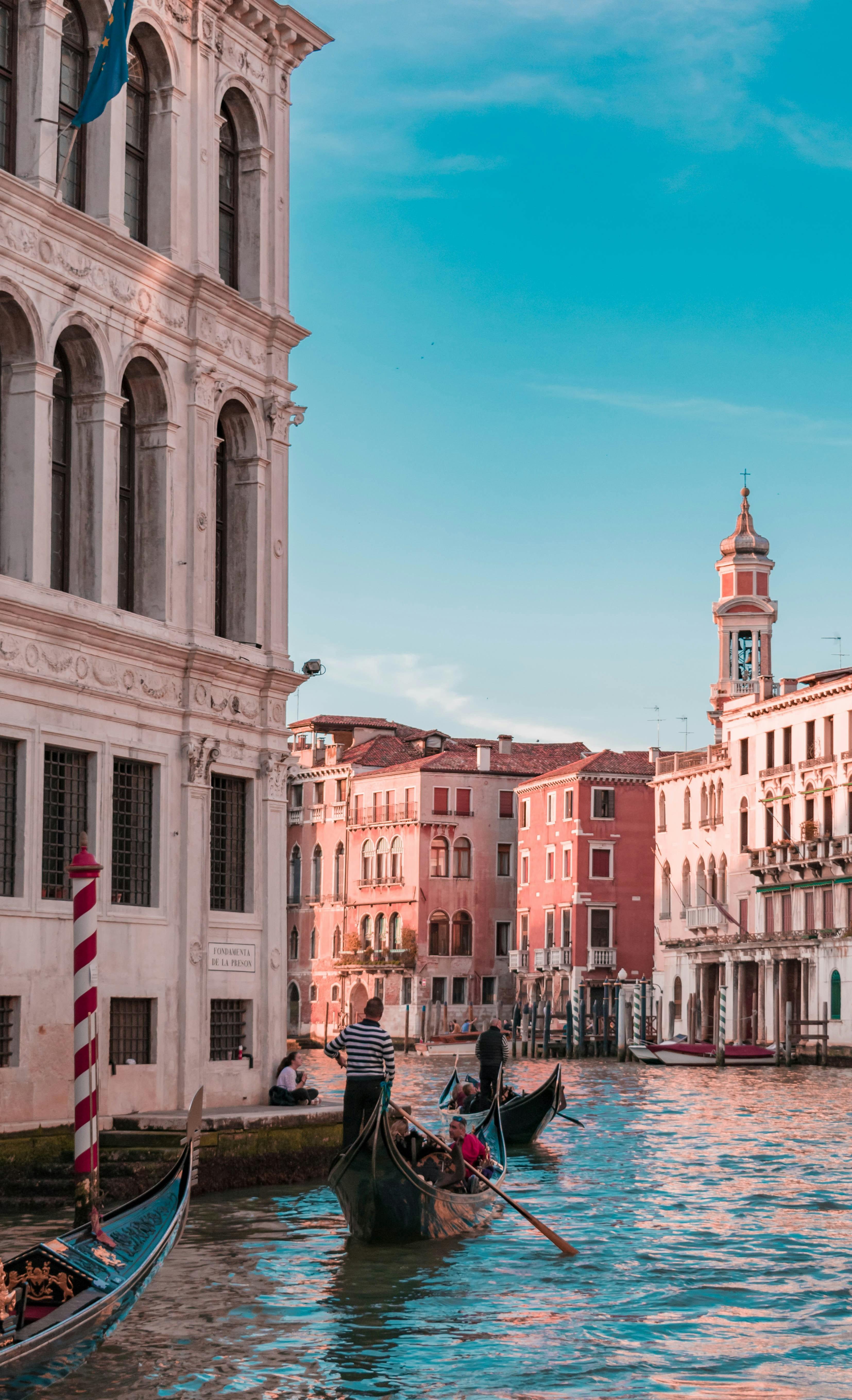
Lessons from Other Heritage Sites: What Venice Can Learn
In exploring strategies to protect Venice’s cultural treasures, insights can be gleaned from other renowned heritage sites around the world. Machu Picchu, for instance, has implemented a regulated ticketing system to control the number of daily visitors, effectively balancing tourism with conservation. This approach ensures that the ancient Incan city maintains its structural integrity while allowing a steady flow of tourists. Similarly, the Galápagos Islands have embraced stringent visitor limits and guided tours, preserving their unique ecosystems and providing a more intimate, educational experience for travelers.
- Machu Picchu: Controlled ticketing system for visitor management.
- Galápagos Islands: Strict visitor limits and guided tours for preservation.
- Stonehenge: Restricted access to maintain the site’s condition.
- Great Wall of China: Zoned tourism areas to prevent overcrowding.
These examples demonstrate the potential benefits of imposing visitor limitations, not as a hindrance but as a means to ensure the longevity and authenticity of cultural sites. By learning from these practices, Venice could craft a sustainable tourism model that prioritizes the preservation of its iconic canals and historic architecture, ensuring they endure for future generations.
In Summary
As the sun sets over the shimmering canals of Venice, casting a golden glow on its timeless architecture, the question lingers in the salty air: should the city embrace the quiet whispers of preservation or the vibrant hum of exploration? The balance between safeguarding a cultural treasure and sharing it with the world is as delicate as the lacework that adorns Venetian masks.
the path Venice chooses will echo beyond its labyrinthine alleys, serving as a reflection of how we value and protect our shared heritage in an ever-connected world. Whether the solution lies in limits, innovation, or a blend of both, one thing remains certain—Venice’s story is one of resilience and beauty, a tale that deserves to be told for generations to come. As we ponder the city’s future, let us do so with a reverence for its past and a hope for its continued splendor.








